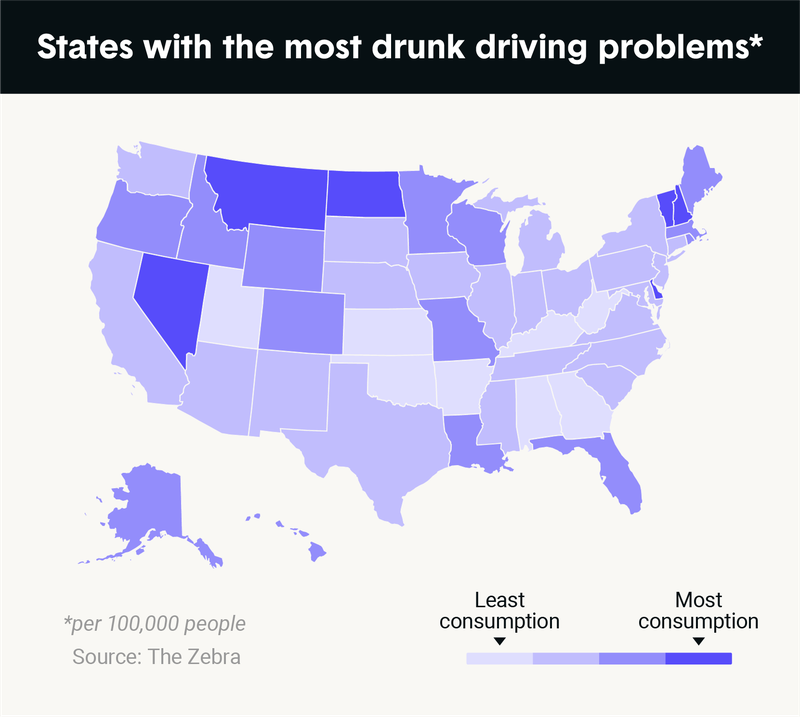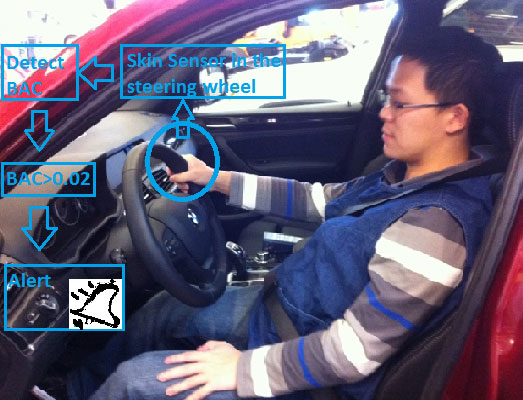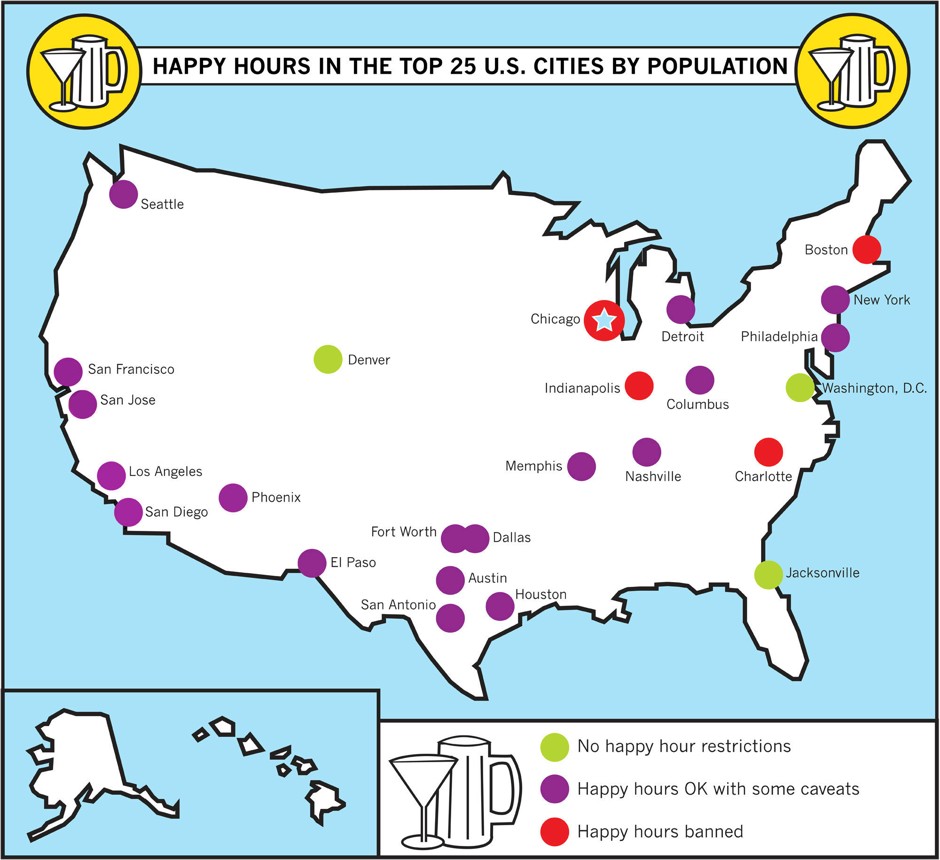
In State v. Barry, the WA Supreme Court held that a lower trial court properly answered a jury’s question regarding whether it may consider observations of the defendant’s actions and demeanor during the court case as “evidence” by stating, “Evidence includes what you witness in the courtroom.”
Here, defendant Robert Barry went to jury trial facing two counts of Child Molestation in the First Degree. He did not testify. After the parties rested their cases, the jury deliberated. During deliberations, the jury asked the court whether it may consider “observations of the defendant’s actions-demeanor during the court case” as “evidence.” In response, the trial court instructed the jury that “evidence includes what you witness in the courtroom.” The court record, however, contained no references whatsoever to Barry’s in-court demeanor.
The jury convicted Barry of both counts of child molestation. He appealed, claiming that the trial court’s instruction in response to a jury question violated his Fifth Amendment and Sixth Amendment rights under the United States Constitution.
The WA Supreme Court reasoned that the Fifth Amendment does not extend to the jury’s generic reference to “actions-demeanor,” and the Sixth Amendment does not transform all evidentiary errors into errors of constitutional magnitude. Consequently, no constitutional error occurred.
Additionally, the Court said that the “silence” on Barry’s demeanor makes it impossible to determine that Barry was prejudiced. Thus, neither party can “prove” one way or another whether the error was prejudicial. The court also emphasized the following:
“The trial court instructed the jury that ‘the fact that the defendant has not testified cannot be used to infer guilt or prejudice against him in any way,’ and that its instructions are to be taken as a whole. A jury is presumed to follow the court’s instructions, and the record presents no indication that the jury failed to heed the court’s instruction regarding the defendant’s failure to testify in this case.”
With that, the WA Supreme Court upheld the trial court and found Mr. Barry guilty.
My opinion? I agree with Justice Johnson’s dissent. Although there’s no record of Barry’s demeanor during trial, we do know that before trial began, the court advised Barry that he should refrain from any display of emotion. It advised that everyone in the courtroom remain stone-faced throughout the trial and that no one should show any reaction to the children’s testimony. The court explained to Barry that such a showing of emotion could ”backfire” on his case.
Justice Johnson reasoned that assuming Barry complied with that instruction, his observable lack of remorse throughout trial likely prompted the question from the jury.
“By then instructing that the jury could consider Barry’s demeanor throughout trial as evidence of his guilt, the court put him in the constitutionally intolerable position of either waiving his constitutional right to refuse to testify, so that he could explain his remorseless attitude throughout trial or leave the jurors to formulate their own inferences about his behavior.”
I agree. The defendant was placed between a rock and a hard place. His unenviable posititon probably may have affected the quality of his defense. Unfortunately, we don’t know because the court record says nothing about his demeanor. More than anything, it’s THIS – the lack of court record regarding the defendant’s demeanor – which is so disturbing. Justice Johnson articulated this same belief:
After the defense has rested its case, and after closing arguments, the trial court cannot instruct that those observations may be treated as “evidence” bearing on the determination of guilt or innocence when the defendant has had no opportunity to challenge or explain that evidence. This is akin to allowing a prosecutor to argue evidence not presented at trial or allowing a witness to testify privately without cross-examination, to the jury during its deliberations. It deprives the defendant his right to confront the evidence, and at the very least, it deprives Barry an opportunity to challenge the propriety of the use of this “evidence” in the determination of guilt.
Exactly. At best, this is a murky opinion. At worst, it violates the defendant’s rights at trial.
Please contact my office if you, a friend or family member are charged with a crime. Hiring an effective and competent defense attorney is the first and best step toward justice.











